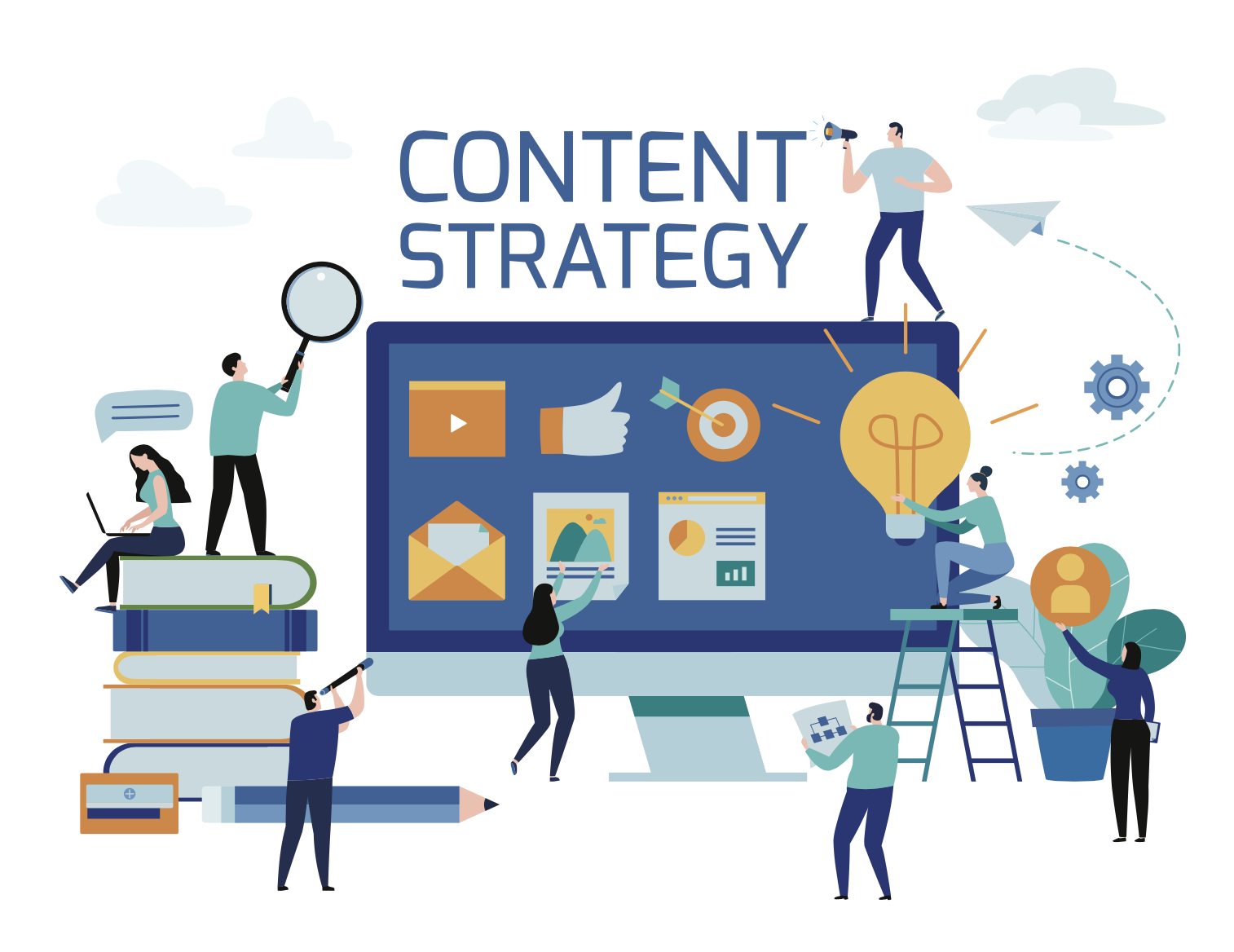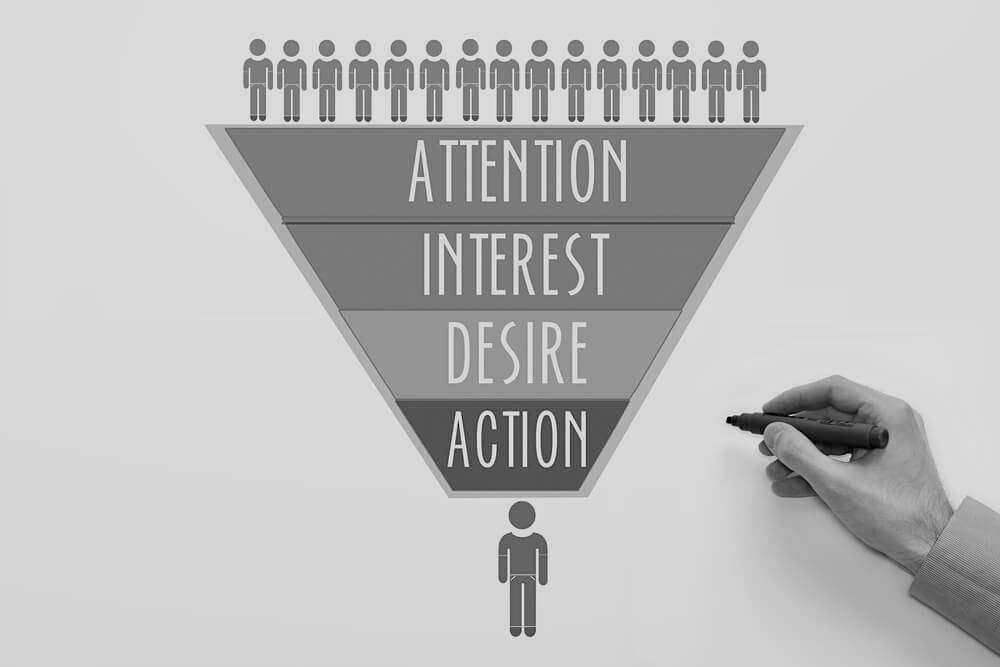image credit: g/bearsky23/shutterstock.com
Inbound marketing, also known as pull marketing, works by educating and entertaining your audience to pull them in and attract them to your brand, and leads them to make a purchasing decision.
Outbound marketing is different. Rather than reeling in your audience and potential clients, you go directly to them through mainstream advertising. Outbound marketing is also known as push marketing.
Read More











